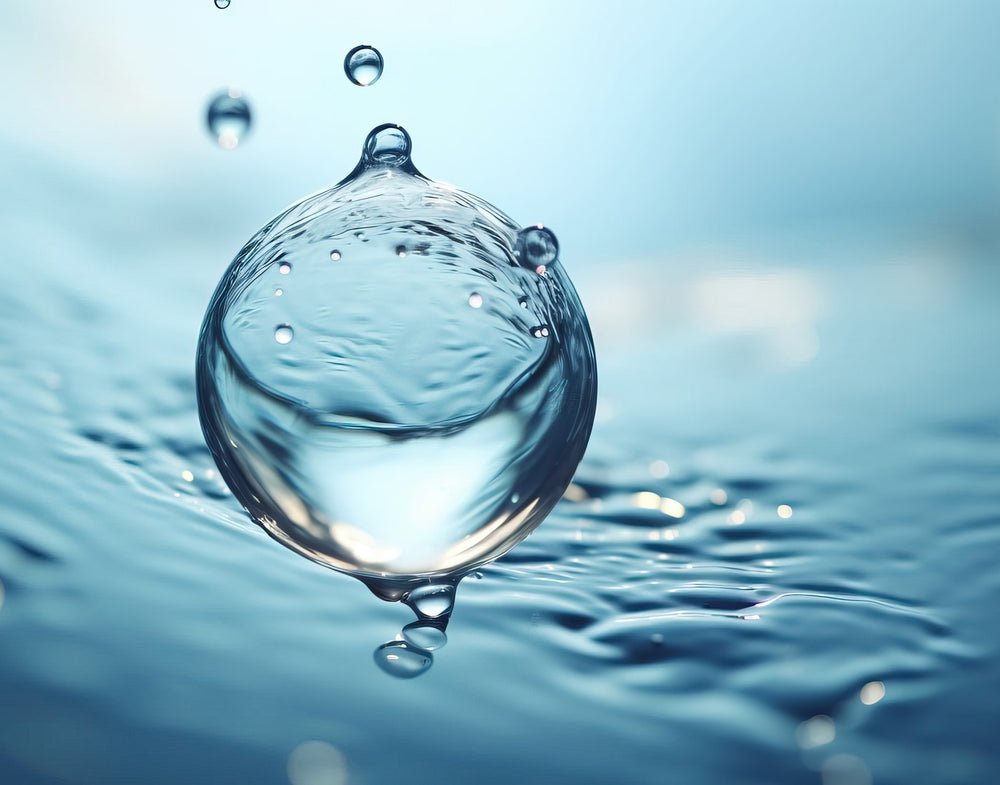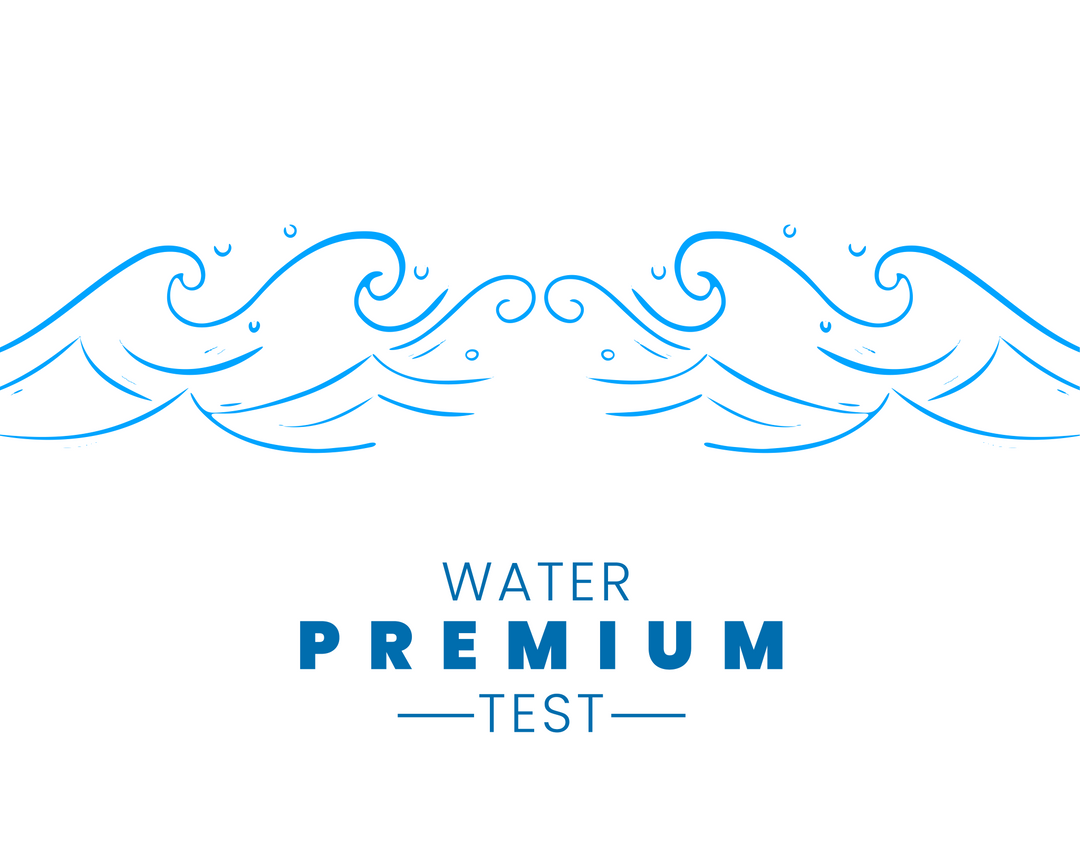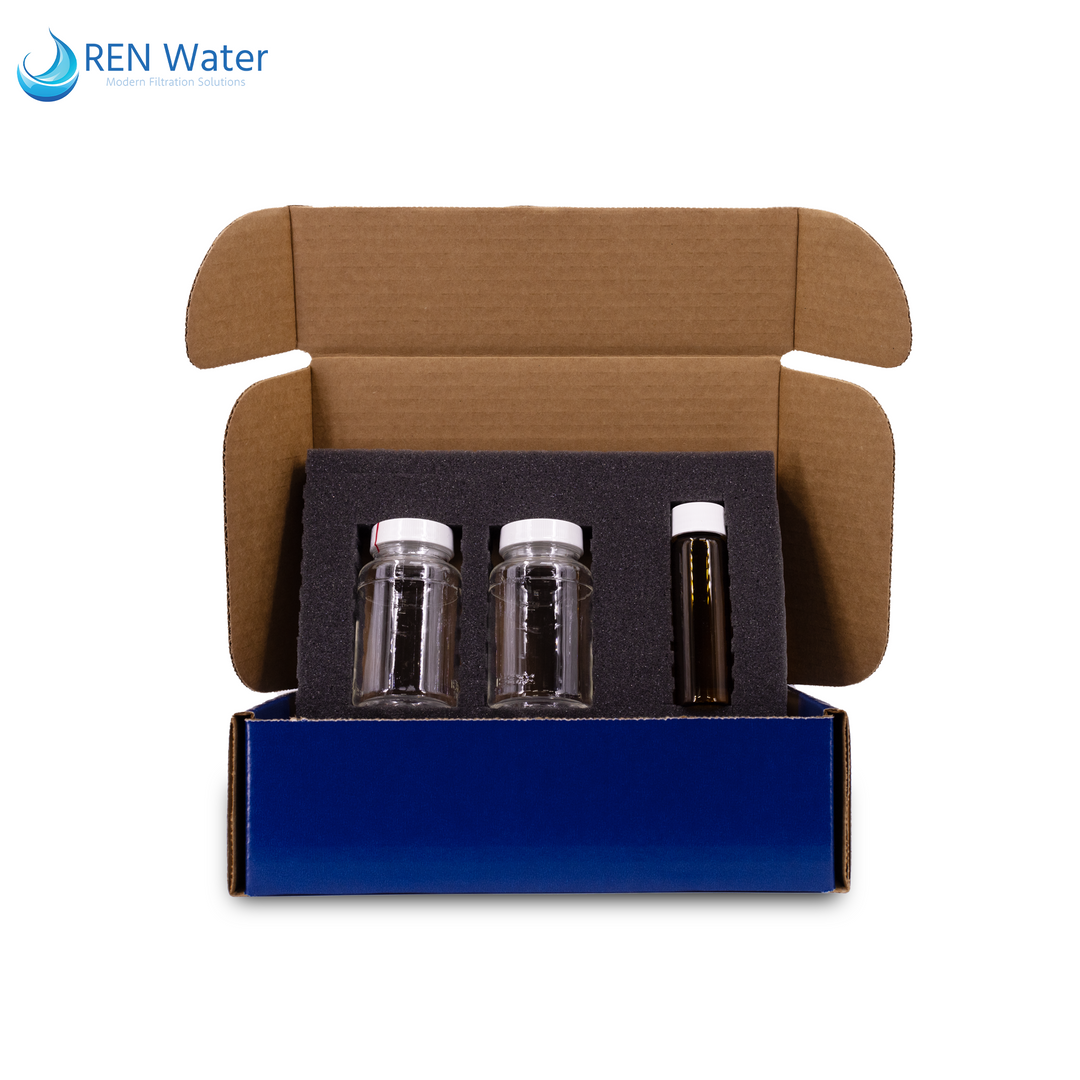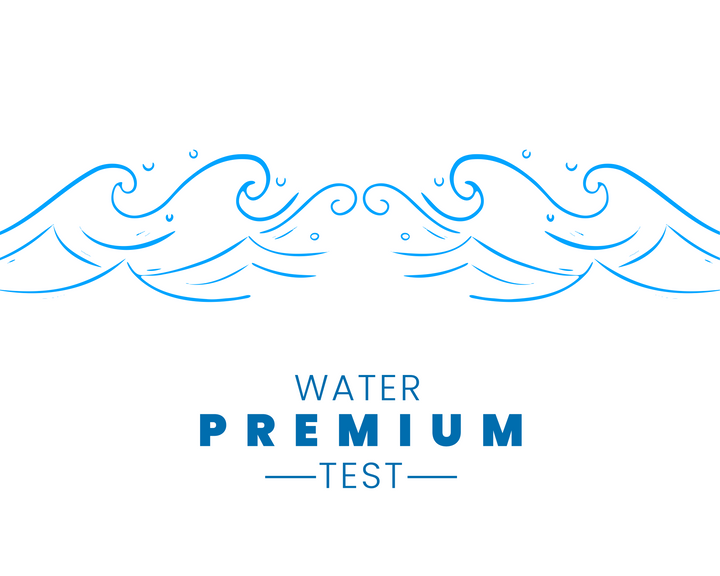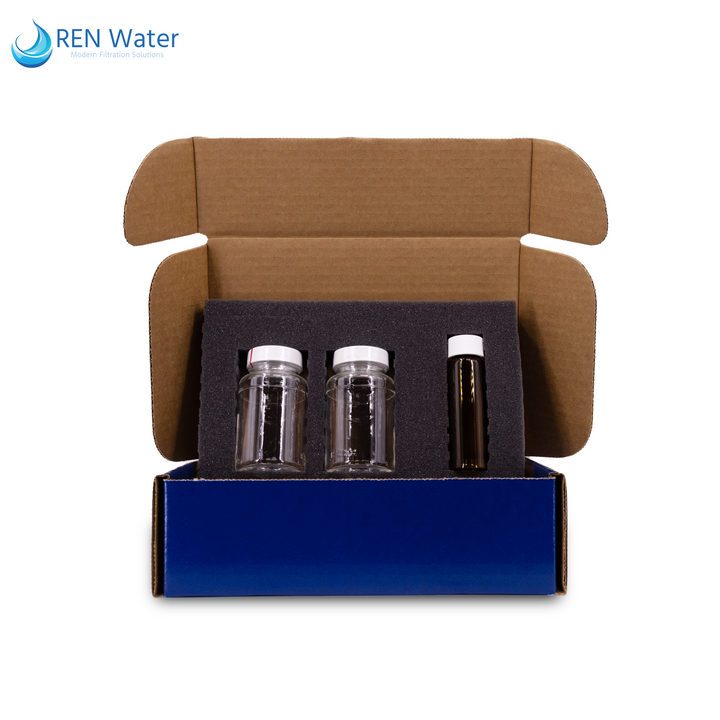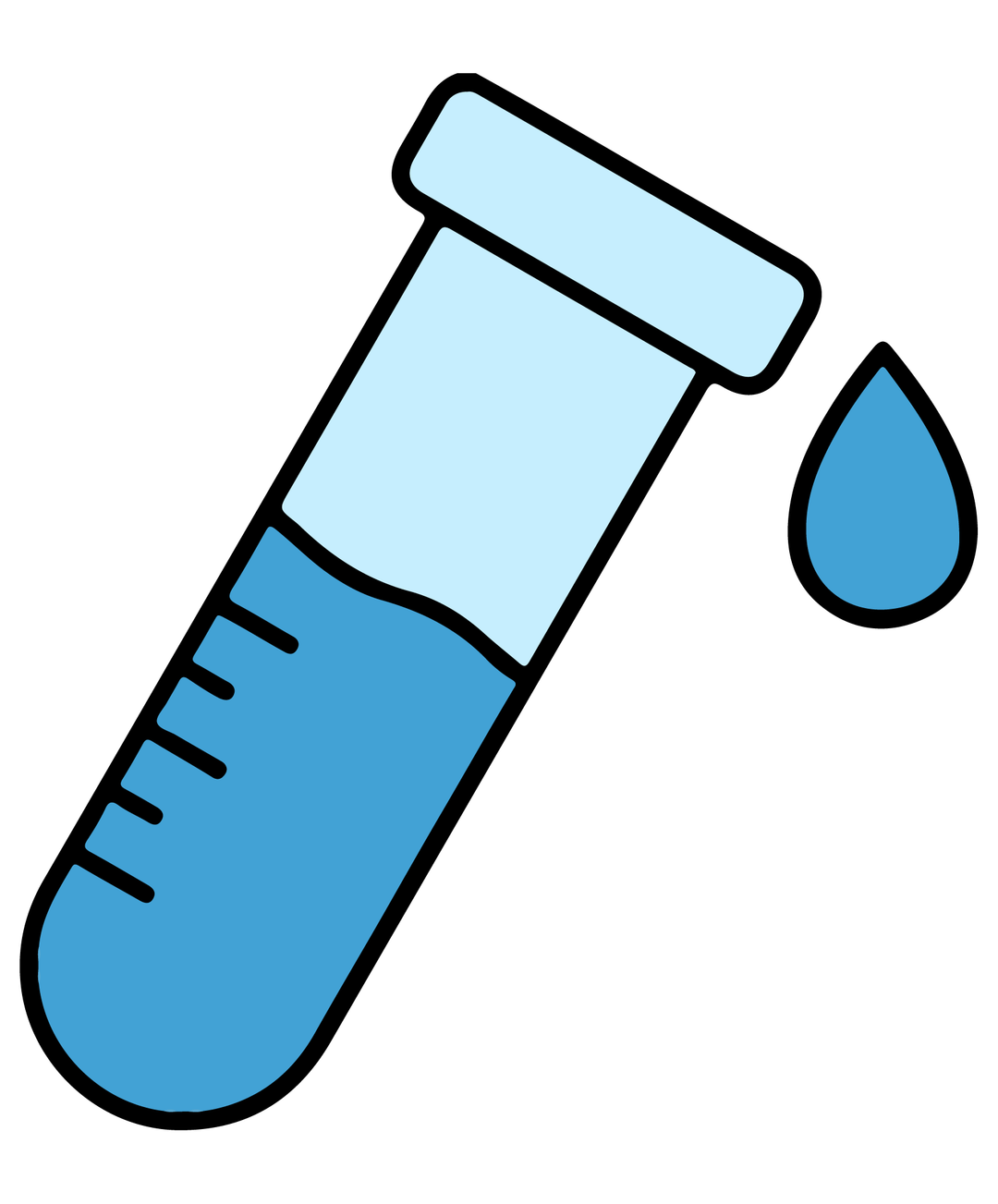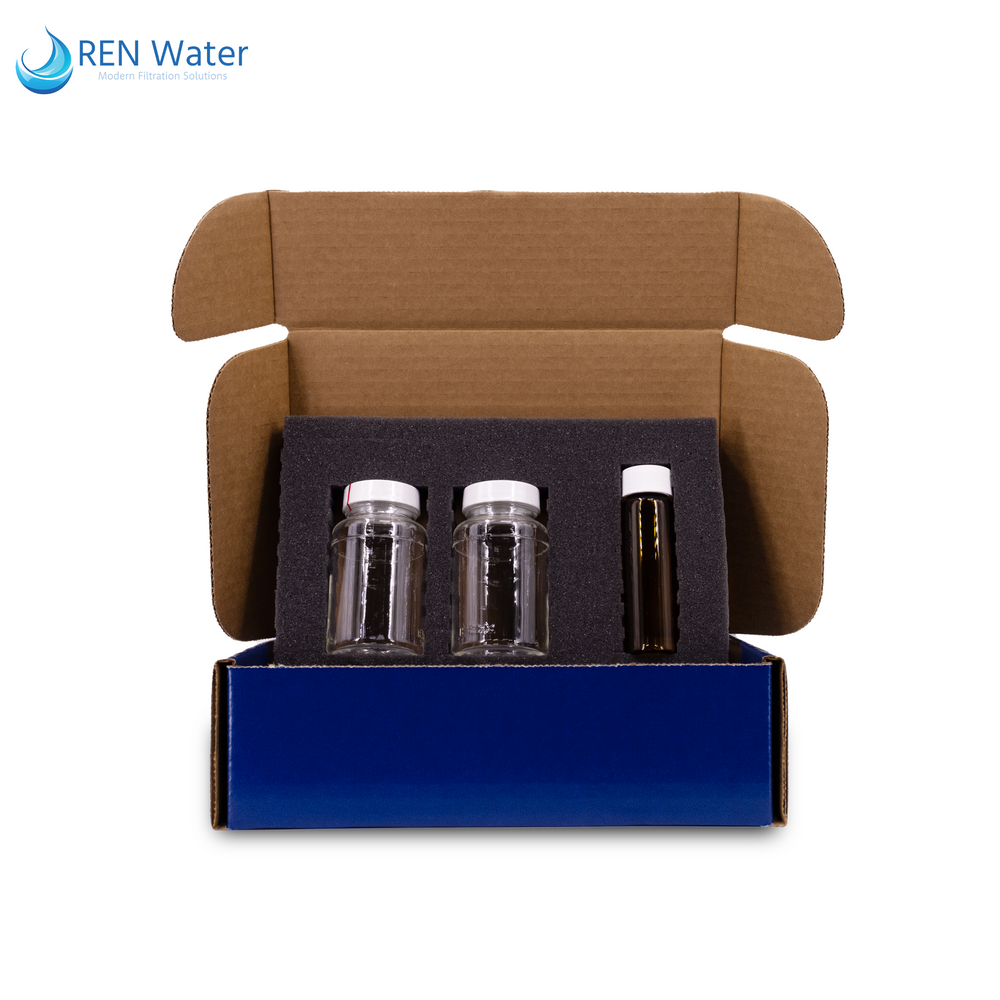Premium Water Testing Kit - Powered by HealthGuard Lab's
The Premium Water Test is designed to check for a wide range of natural and chemical contaminants, including cancer-causing contaminants. This water test is preferred for city water applications and serves as a premium test kit for well water applications. If you have never had this type of test done, we strongly recommend having this done. It will provide you with a tremendous amount of information to help you know better about the quality of your water.
- Tests for 113 Substances
- Results in 2-4 business days
- Free shipping
- In stock, ready to ship
- Inventory on the way


